9 Nd Filter How Many Stops ?
A 9-stop ND filter reduces the amount of light entering the camera by 9 stops.
1、 Definition and Purpose of ND Filters
An ND filter, short for Neutral Density filter, is a camera accessory that reduces the amount of light entering the lens without affecting the color or hue of the image. It is essentially a darkened piece of glass or resin that is placed in front of the lens. The purpose of an ND filter is to allow photographers and videographers to have more control over the exposure settings of their cameras, particularly in situations where there is too much light.
ND filters are commonly used in landscape photography to achieve longer exposure times, which can create a sense of motion in water or clouds. They are also useful in situations where a shallow depth of field is desired, such as when shooting with a wide aperture in bright sunlight. By reducing the amount of light entering the lens, ND filters allow photographers to use slower shutter speeds or wider apertures without overexposing the image.
The strength of an ND filter is measured in stops, which refers to the amount of light it blocks. A 9-stop ND filter, for example, reduces the amount of light entering the lens by nine stops, resulting in a significantly darker image. This allows for longer exposure times, such as several seconds or even minutes, depending on the lighting conditions.
The latest point of view regarding ND filters is that they continue to be an essential tool for photographers and videographers, especially with the increasing popularity of long exposure photography and cinematic techniques. They provide creative flexibility and allow for unique and visually appealing effects that cannot be achieved through post-processing alone.
In conclusion, an ND filter is a valuable accessory for photographers and videographers, allowing them to have more control over exposure settings and achieve desired effects. A 9-stop ND filter reduces the amount of light entering the lens by nine stops, enabling longer exposure times and creative possibilities.
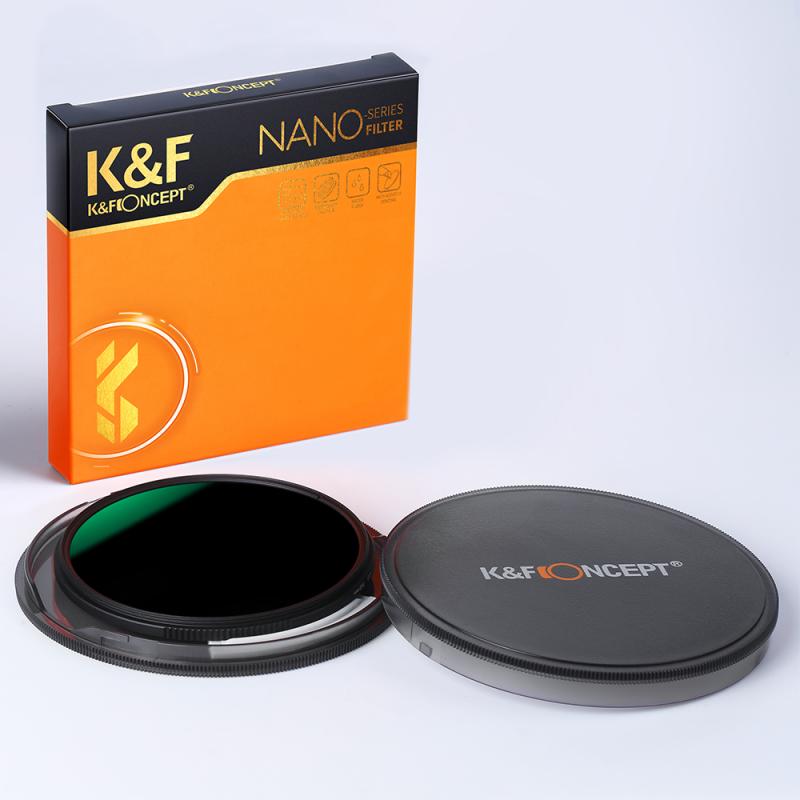
2、 Stops and Exposure Reduction in ND Filters
A 9 ND filter reduces the amount of light entering the camera by 9 stops. ND filters, or neutral density filters, are commonly used in photography and videography to control the exposure and create certain effects. They are particularly useful in situations where there is too much light, such as when shooting in bright sunlight or capturing long exposures.
The term "stops" refers to the measurement of exposure reduction. Each stop represents a halving or doubling of the amount of light reaching the camera's sensor. So, a 9 ND filter reduces the light by 9 stops, which means it allows only 1/512th (2^9) of the original light to pass through.
By using a 9 ND filter, photographers can achieve longer shutter speeds or wider apertures without overexposing the image. This is especially beneficial in situations where a shallow depth of field or motion blur is desired. For example, when photographing a waterfall, a longer exposure can create a smooth, silky effect on the flowing water.
It's worth noting that the concept of stops and exposure reduction in ND filters remains the same across different brands and types of filters. However, the quality and color neutrality of the filter can vary. It's important to choose a high-quality filter to ensure accurate color reproduction and minimal image degradation.
In recent years, there has been an increase in the popularity of variable ND filters, which allow for adjustable exposure reduction by rotating the filter. These filters offer flexibility in controlling the amount of light entering the camera, but they may introduce some color cast or image quality issues at extreme settings.
Overall, a 9 ND filter provides a significant reduction in exposure, allowing photographers to achieve creative effects and control the amount of light reaching the camera's sensor.
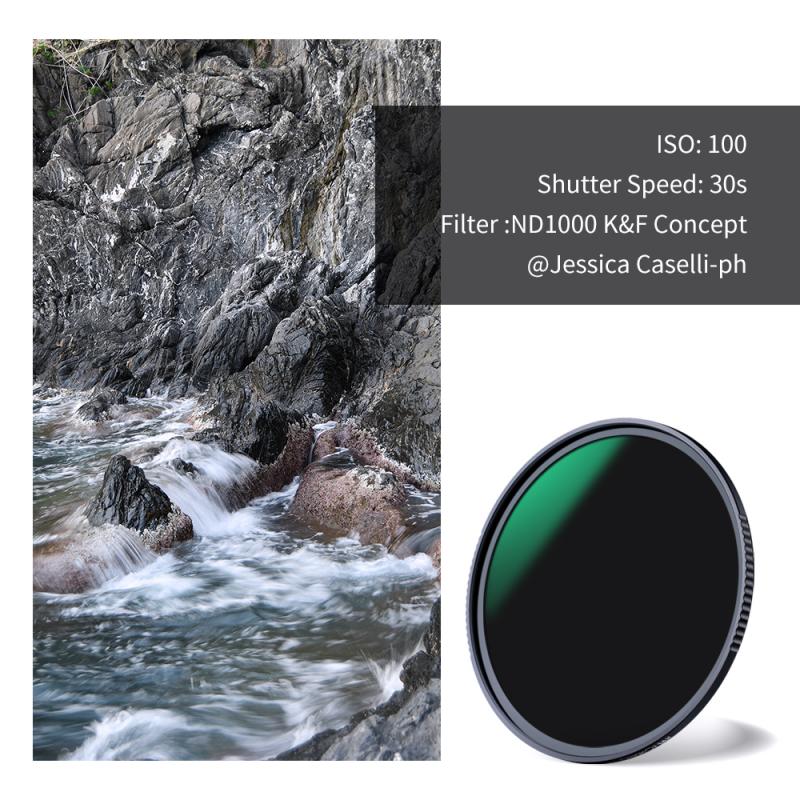
3、 Common ND Filter Stop Values
A 9 ND filter corresponds to 9 stops of light reduction. In photography, neutral density (ND) filters are used to reduce the amount of light entering the camera, allowing for longer exposures or wider apertures in bright conditions. The number of stops indicates the amount of light that is blocked by the filter.
Common ND filter stop values range from 1 to 10 stops, with each stop representing a halving of the amount of light. A 9 ND filter, therefore, blocks approximately 512 times (2^9) the amount of light compared to shooting without a filter. This significant reduction in light transmission enables photographers to achieve creative effects such as motion blur in bright daylight or shallow depth of field in well-lit environments.
It is worth noting that the concept of ND filter stop values can vary slightly depending on the manufacturer. Some filters may have a slightly different light transmission factor, resulting in a slightly different number of stops. Therefore, it is always advisable to refer to the specific manufacturer's specifications for accurate information.
In recent years, advancements in camera technology have allowed for higher ISO capabilities and improved dynamic range, reducing the reliance on ND filters for certain shooting scenarios. However, ND filters still remain an essential tool for photographers, particularly in landscape and long exposure photography, where precise control over exposure is crucial.
Overall, a 9 ND filter provides a substantial light reduction, allowing photographers to capture stunning images in bright conditions while maintaining creative control over exposure settings.
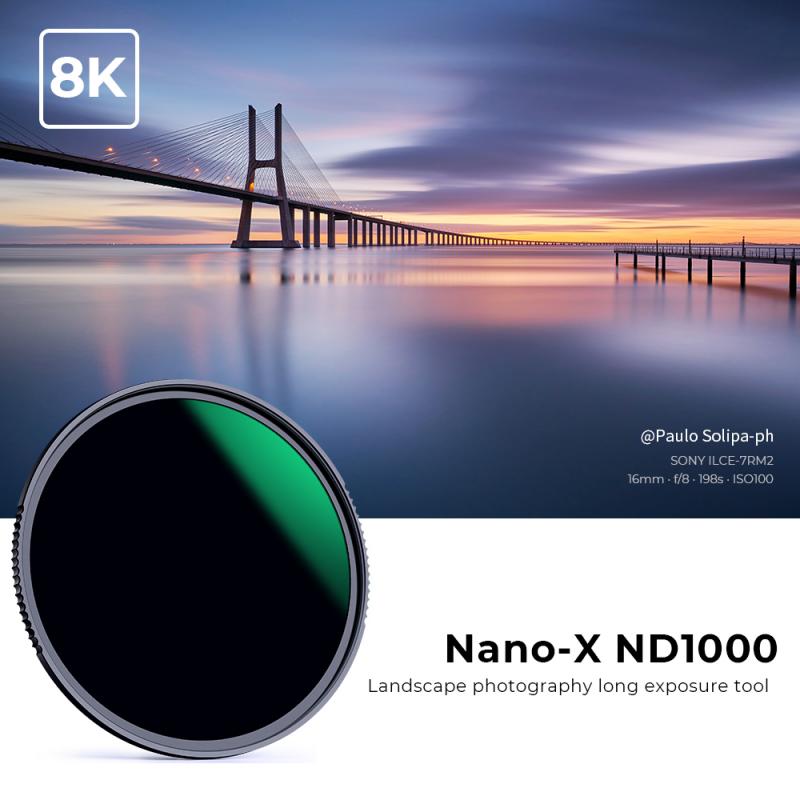
4、 Calculating the Number of Stops for a Specific ND Filter
Calculating the number of stops for a specific ND filter is a crucial aspect of photography. ND filters, or neutral density filters, are used to reduce the amount of light entering the camera lens, allowing photographers to achieve longer exposures or wider apertures in bright conditions. The number of stops refers to the amount of light that is blocked by the filter.
To determine the number of stops for a specific ND filter, you need to consider its optical density. The optical density is a measure of how much light the filter blocks. It is usually denoted by a number, such as 0.3, 0.6, or 0.9, which corresponds to 1, 2, or 3 stops respectively.
For example, a 0.9 ND filter blocks 3 stops of light, meaning it reduces the amount of light entering the camera by a factor of 8 (2^3). This allows for longer exposures, which can be useful for capturing motion blur in waterfalls or creating smooth, dreamy effects in landscapes.
It's important to note that different manufacturers may use slightly different numbering systems for their ND filters. Some may use decimal values, while others may use whole numbers. Therefore, it's always a good idea to check the specifications provided by the manufacturer to ensure you have an accurate understanding of the number of stops a specific ND filter provides.
In recent years, there has been a growing trend towards higher density ND filters, such as 10-stop or even 15-stop filters. These extreme ND filters are particularly popular among long exposure photographers who want to capture ethereal scenes with extended shutter speeds, even in bright daylight.
In conclusion, calculating the number of stops for a specific ND filter is essential for photographers to control the amount of light entering their camera. Understanding the optical density of the filter allows photographers to achieve the desired exposure settings and unleash their creativity in various lighting conditions.
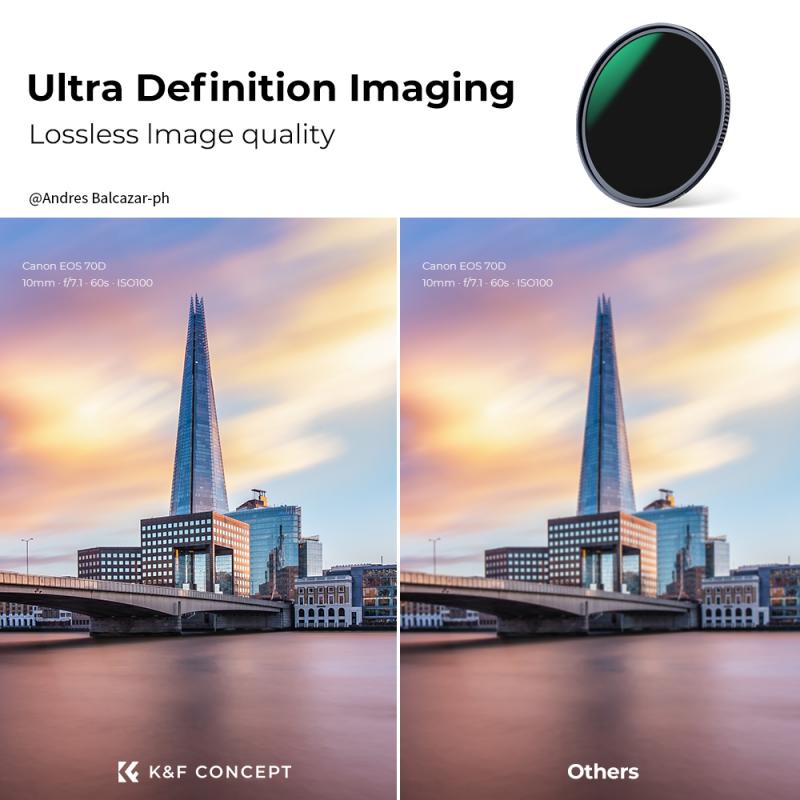


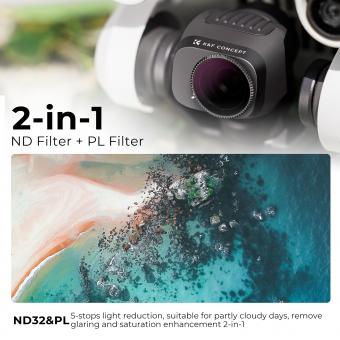
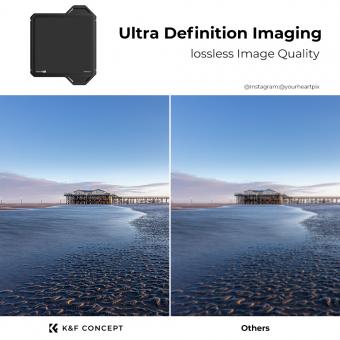
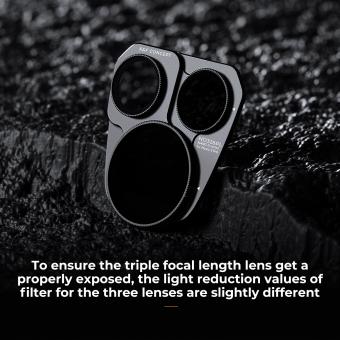


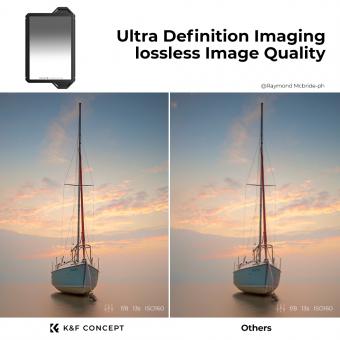

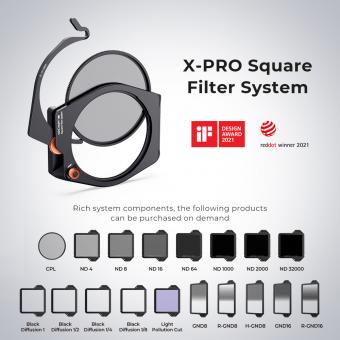



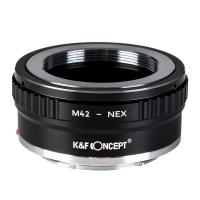






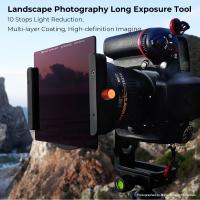
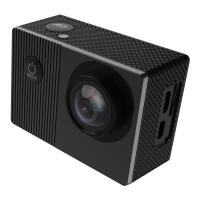
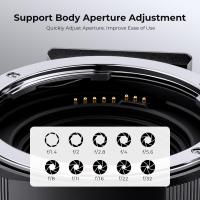
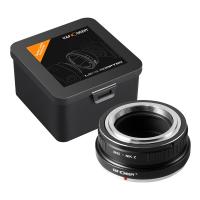

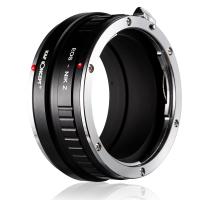




There are no comments for this blog.